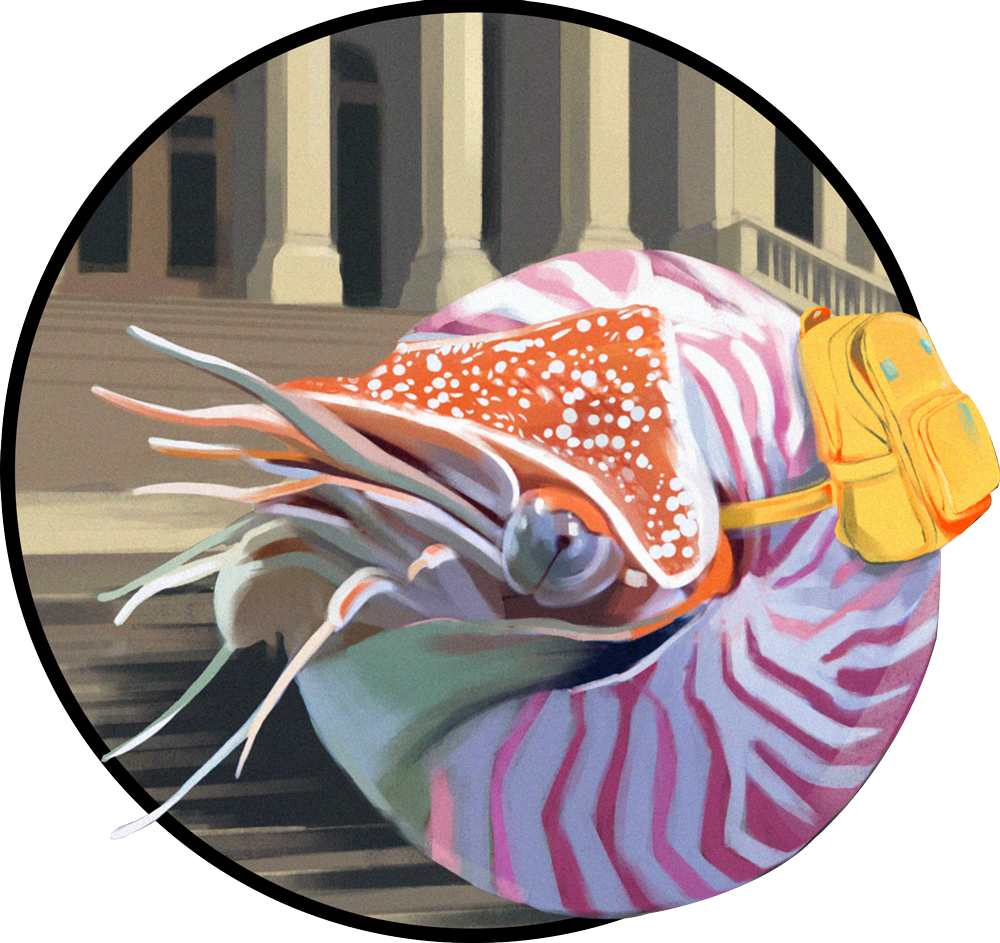We are made of star-stuff. Few scientific ideas have had as much cultural staying power as this one, which Carl Sagan popularized in his 1980 TV series Cosmos. The phrase has become almost like secular scripture, quoted in hundreds if not thousands of books, splashed across T-shirts and totes, inked onto skin, and repeated at weddings.
Sagan intended the phrase to be understood in a very literal sense. According to modern astrophysicists, the nitrogen in our DNA, the calcium in our teeth, and the iron in our blood, were all forged in the interiors of collapsing stars, and subsequently circulated throughout the universe. “The cosmos is within us,” Sagan said. “We are made of star stuff.”
Some 800 years earlier, a Dominican friar had a similar idea. In the 1240s, theologian and philosopher Richard Fishacre relied on his understanding of color and light to argue that the stars and planets were made of the same elements we find here on Earth. His idea linking terrestrial matter with celestial bodies challenged the Aristotelian worldview that was dominant at the time. Aristotle had proposed that the heavens and all the moons and planets they contained were made of a perfect, transparent, and unchanging fifth element, totally distinct from the four-part makeup of our planet—water, fire, air, and earth. Fishacre was one of the first people to challenge this model, collapsing the metaphysical gulf between heaven and Earth.
Read more: “When We Were the Cosmos”
Fishacre came to his reasoning by observing the interplay of color and light in the stars and planets, writes William Crozier in The Conversation and in a paper on Fishacre in the theological journal New Blackfriars.
Without the benefit of a telescope, Fishacre noticed, for instance, that Mars gave off a faint red light, and Venus a yellowish glow. Color, he noted, is associated with opaque substances, which are always made up of one or more of the four terrestrial elements. But the observation he felt most favored his novel concept was that the moon could obscure the sun during an eclipse, which would not be possible if it were transparent like glass. The nature of the eclipse suggested the moon, too, was made of physical substance and obeyed similar natural laws as the stuff on Earth. If this were true of the moon, he reasoned, it must also be true of the rest of the stuff in the cosmos.
Fishacre, who was the first Dominican friar to teach theology at Oxford University, came under fire for his ideas at the time, but modern astrophysics continues to vindicate him today, writes Crozier. Not long ago, scientists used the James Webb space telescope to determine that the atmosphere of a Neptune-like exoplanet, known as TOI-421 b, that is 244 million light-years away from Earth, is rich in water and sulfur dioxide, elements common on our home planet. Researchers were able to confirm this chemical makeup using a process closely related to the humble observations that Fischacre relied on: transmission spectroscopy, which detected subtle variations in color and light emitted by the exoplanet that could only be explained by the presence of water and sulfur dioxide.
Of course, Fishacre’s ideas were philosophical and observational rather than quantitative or chemical. And there is no evidence that Sagan or any other modern astronomers have relied directly on his arguments to formulate their own. But the thematic echoes suggest a much earlier evolution of the idea that we are cosmic. ![]()
Enjoying Nautilus? Subscribe to our free newsletter.
Lead image: Bruce Rolff / Shutterstock






























